Search
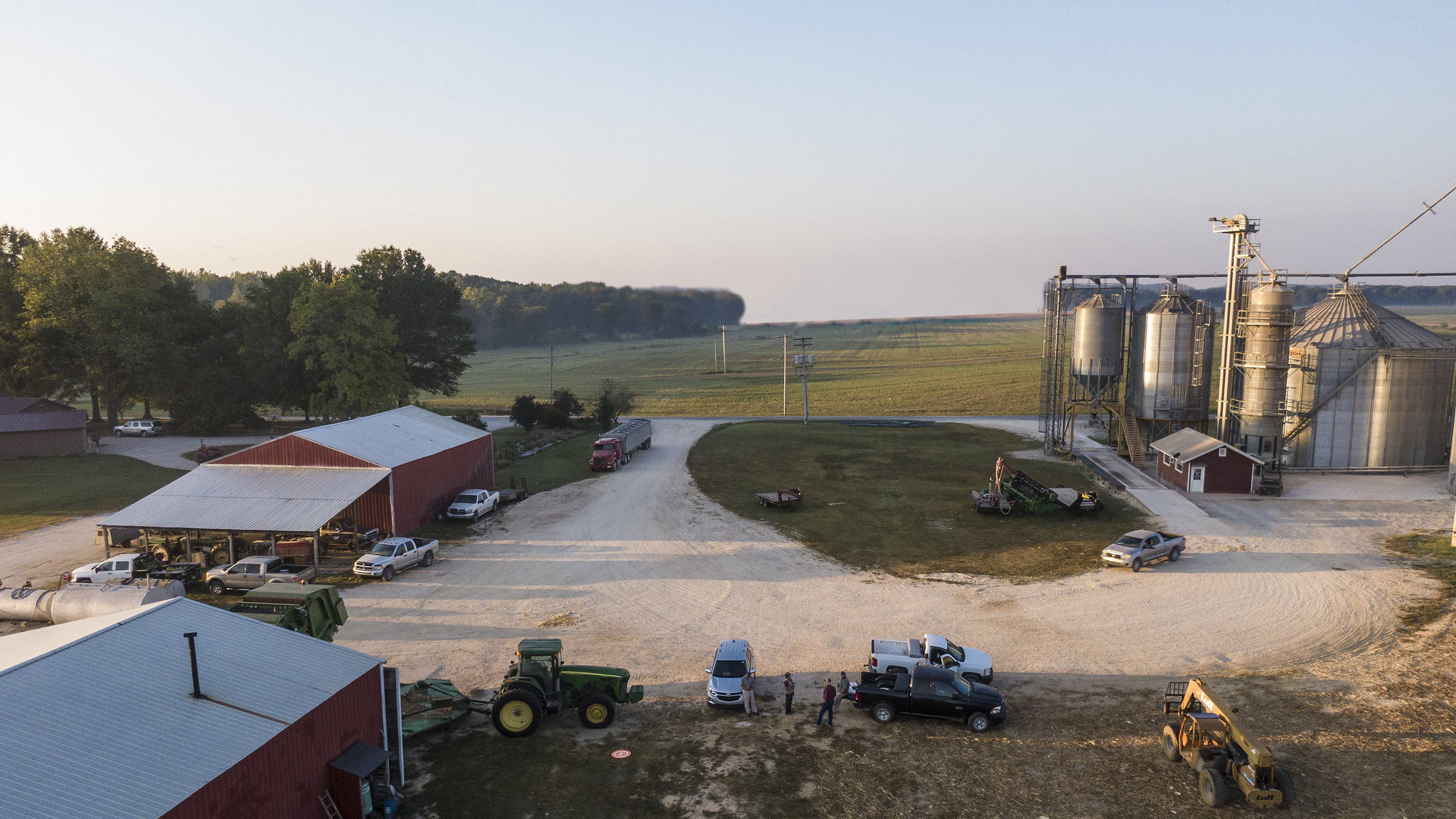
Planting Projections 2020
South Dakota producers recently indicated they plan to plant 12.9 million acres of corn, soybeans and wheat in 2020, plus an additional 620,000 acres of sunflowers, 345,000 acres of oats and 45,000 acres of barley, as well as 270,000 acres of sorghum and 11,000 acres of dry edible peas.

Grain Storage Calculator
An Excel based spreadsheet for corn, soybean, spring and winter wheat producers.
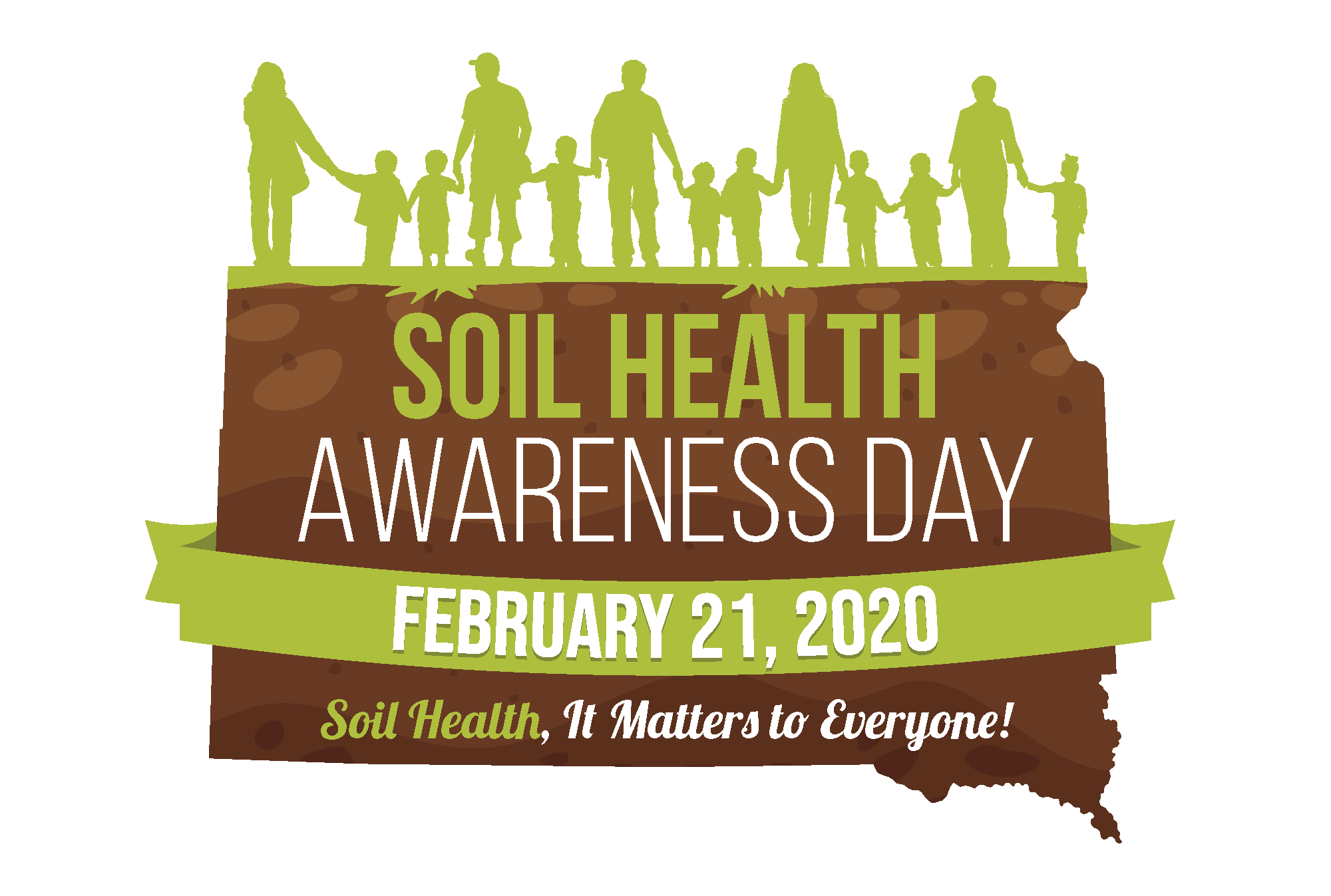
South Dakota Declares February 21 Soil Health Awareness Day
February 20, 2020
South Dakota Governor Kristi Noem has declared February 21, 2020 Soil Health Awareness Day. Agriculture contributes over 132,000 jobs and 32.5 billion dollars in total output to South Dakota’s economy.
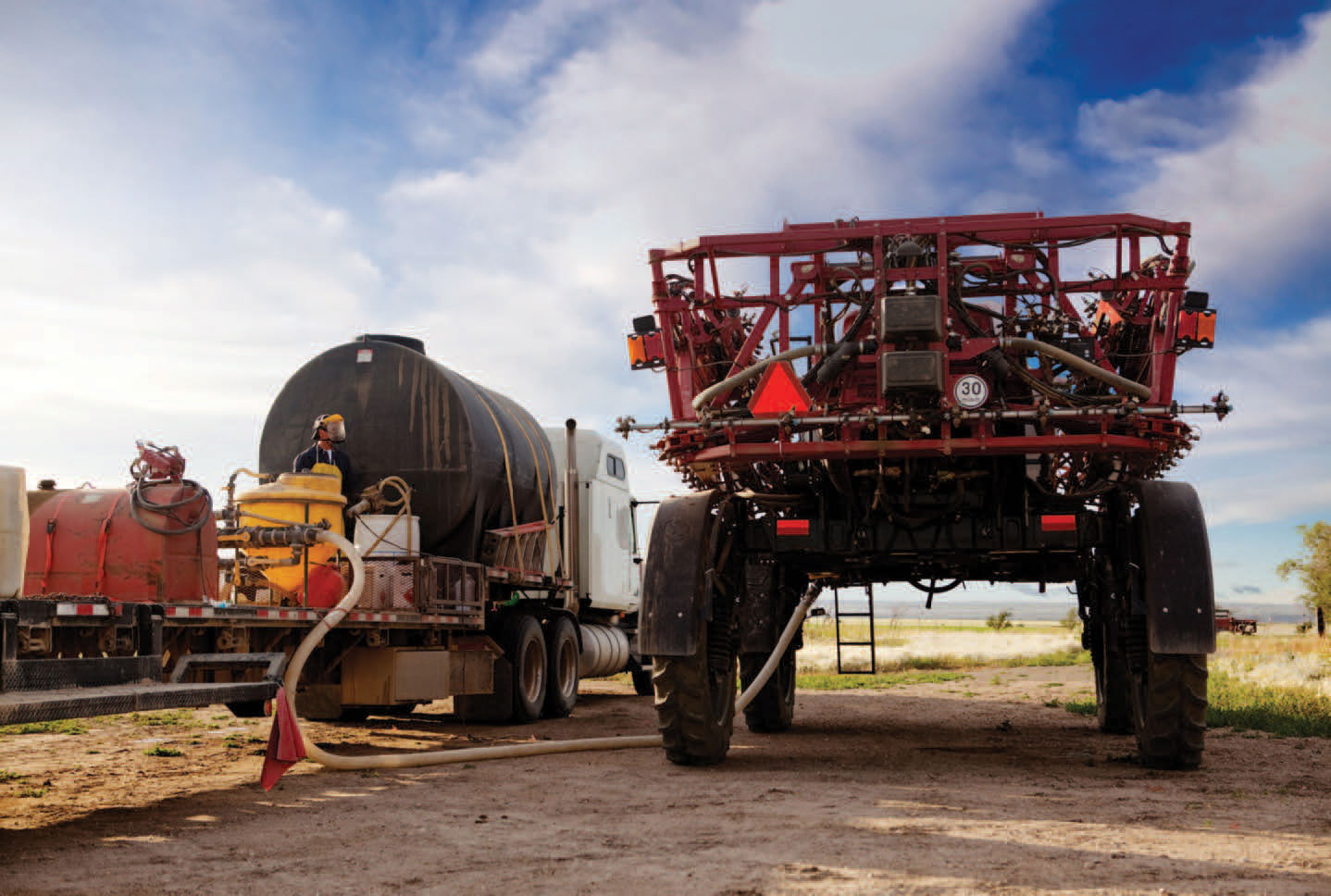
General Cleaning Recommendations for Sprayer Equipment
Crop damage could occur if sprayer clean-out is overlooked or not properly conducted. It is critical to always follow the procedure specified on the herbicide or commercial cleaner label to completely remove herbicide residue from the sprayer system.

Interseeding Cover Crops Effect on Corn and Soybean Production: 2019
Incorporating cover crops into our cropping systems and moving from conventional tillage to no-till can improve soil organic matter, soil structure, and water and nutrient holding capacity of our soils.

Managing Weed Seed in 2020
Producers need to plan in advance on how to deal with bare fields that contain an overabundance of weeds. Weeds in these fields have deposited significant amount of seeds on the soil surface, which can easily germinate when adequate moisture and temperature are available.
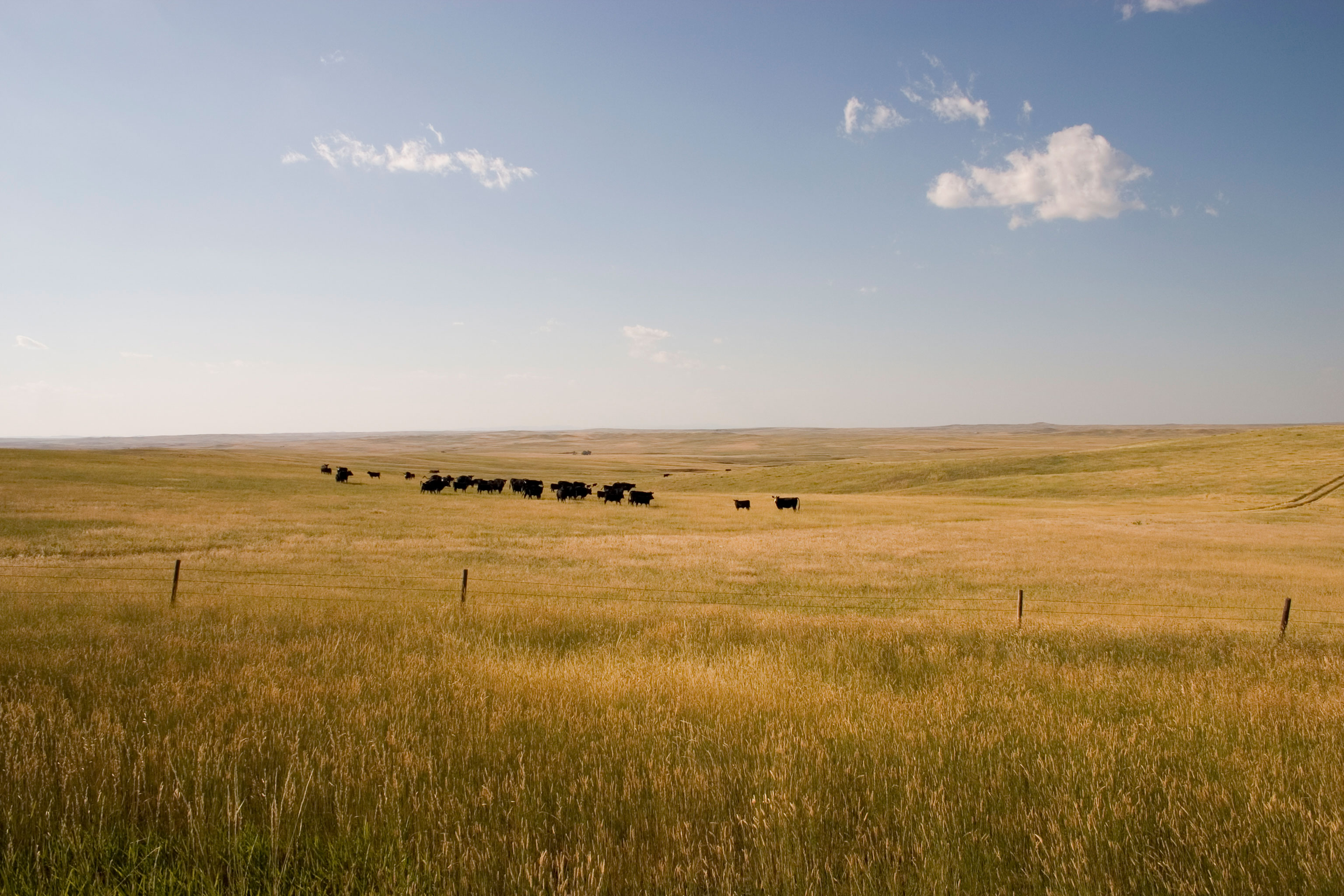
Rotational Grazing Improves Stocking Capacity and Ranch Profitability
Livestock stocking rate is considered as one of the most important decisions that ranchers can make, as heavy stocking rate causes grassland degradation and adversely impact the sustainable delivery of ecosystem services.
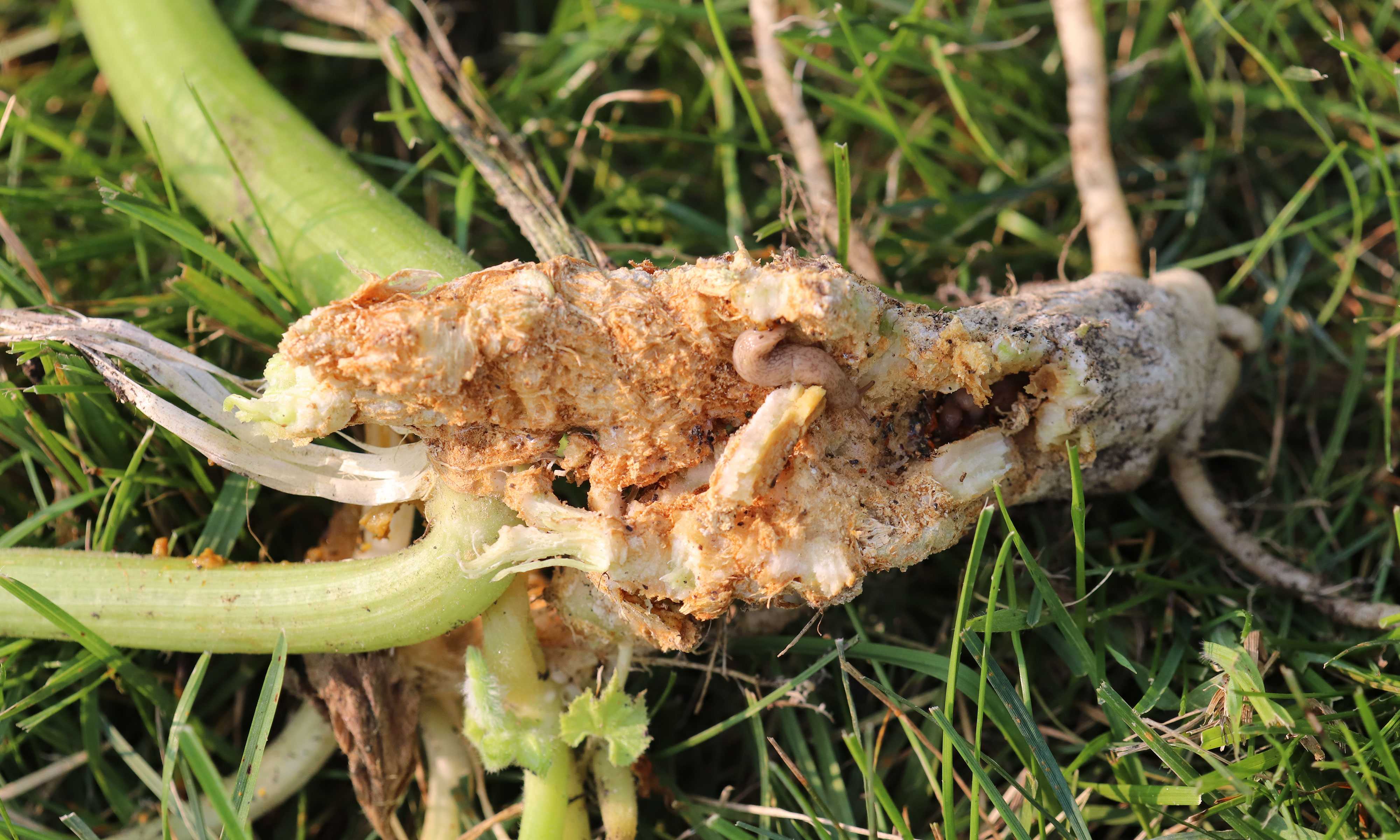
What’s Killing My Zucchini and Squash Plants?
For many of us, this time of year is tough for our zucchini, squash and pumpkin plants. A close inspection of wilting plants may reveal a sawdust-like substance around the soil surface or on the base of the stem. When pushed, the plants typically break and reveal clear evidence of insect feeding through the stem.

Harvesting Silage on a Wet Year: Moisture is Critical
Fall is on its way in South Dakota. However, with many flooded and saturated fields, some producers are growing concerned that there will be little opportunity to harvest silage before corn dries down past desired moisture levels or frost occurs.
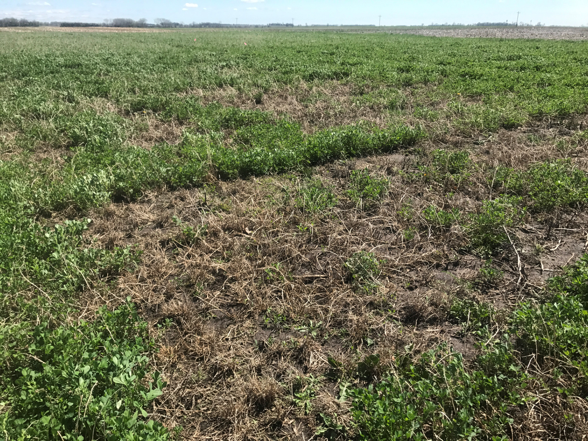
How Late is Too Late for the Last Alfalfa Cutting?
With a very challenging growing season and flooding across parts of South Dakota, many growers have struggled to harvest high quality forages in-between rains this summer.